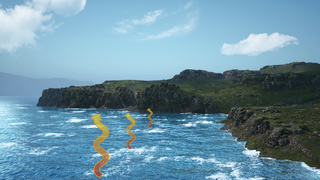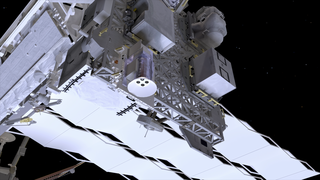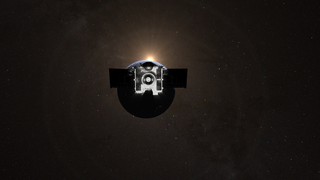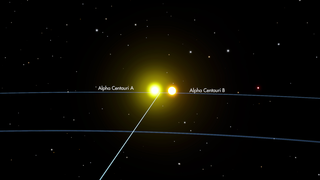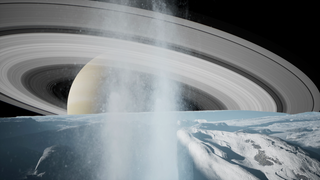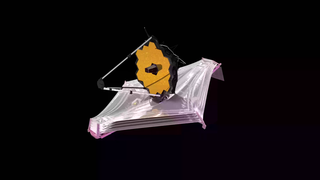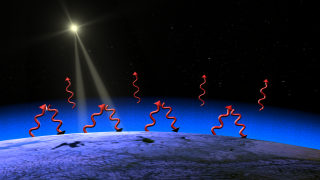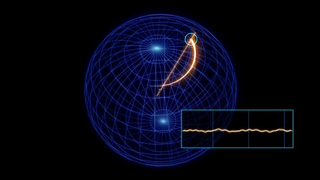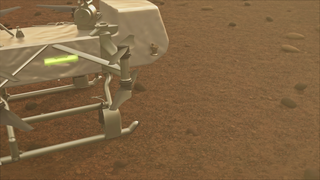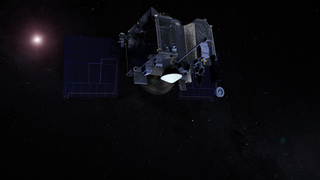Earth
ID: 20090
Experts now estimate that Tamarisk (saltcedar) has infested more than 3.3 million acres in the western United States. Tamarisk is one of our most harmful invasive species because the plant's long roots tap into underground aquifers. Its groundwater-absorbing qualities may be adding to the severity of the drought in the western U.S.
NASA and the USGS are working together to develop a National Invasive Species Forecasting System (ISFS) for the management and control of invasive species. The ISFS combines NASA Earth observations and models with field data to enhance USGS capabilities to map, monitor and predict the spread of significant invasive plant species.
Tamarisk's extensive root system extracts sodium chloride, or salt, from deep within the soil. Salt collects in plant tissues allowing it to exude the excess through its leaves. Over a period of years, the plant effectively changes the natural chemistry of the soil. Native trees and plants can no longer thrive in the salt-saturated soil.
Invasive Species: Tamarisk and Salt
NASA and the USGS are working together to develop a National Invasive Species Forecasting System (ISFS) for the management and control of invasive species. The ISFS combines NASA Earth observations and models with field data to enhance USGS capabilities to map, monitor and predict the spread of significant invasive plant species.
Tamarisk's extensive root system extracts sodium chloride, or salt, from deep within the soil. Salt collects in plant tissues allowing it to exude the excess through its leaves. Over a period of years, the plant effectively changes the natural chemistry of the soil. Native trees and plants can no longer thrive in the salt-saturated soil.
Animation Credits
Susan Twardy (HTSI): Lead Animator
Jeffrey Morisette (NASA/GSFC): Scientist
Elizabeth A. Smith (HTSI): Writer
Jeffrey Morisette (NASA/GSFC): Scientist
Elizabeth A. Smith (HTSI): Writer
Please give credit for this item to:
NASA/Goddard Space Flight Center Conceptual Image Lab
NASA/Goddard Space Flight Center Conceptual Image Lab
Short URL to share this page:
https://svs.gsfc.nasa.gov/20090
Goddard TV Tape:
G2006-002
Keywords:
GCMD >> Earth Science >> Biosphere >> Ecological Dynamics >> Invasive Species
NASA Science >> Earth
GCMD keywords can be found on the Internet with the following citation: Olsen, L.M., G. Major, K. Shein, J. Scialdone, S. Ritz, T. Stevens, M. Morahan, A. Aleman, R. Vogel, S. Leicester, H. Weir, M. Meaux, S. Grebas, C.Solomon, M. Holland, T. Northcutt, R. A. Restrepo, R. Bilodeau, 2013. NASA/Global Change Master Directory (GCMD) Earth Science Keywords. Version 8.0.0.0.0
https://svs.gsfc.nasa.gov/20090
Goddard TV Tape:
G2006-002
Keywords:
GCMD >> Earth Science >> Biosphere >> Ecological Dynamics >> Invasive Species
NASA Science >> Earth
GCMD keywords can be found on the Internet with the following citation: Olsen, L.M., G. Major, K. Shein, J. Scialdone, S. Ritz, T. Stevens, M. Morahan, A. Aleman, R. Vogel, S. Leicester, H. Weir, M. Meaux, S. Grebas, C.Solomon, M. Holland, T. Northcutt, R. A. Restrepo, R. Bilodeau, 2013. NASA/Global Change Master Directory (GCMD) Earth Science Keywords. Version 8.0.0.0.0
